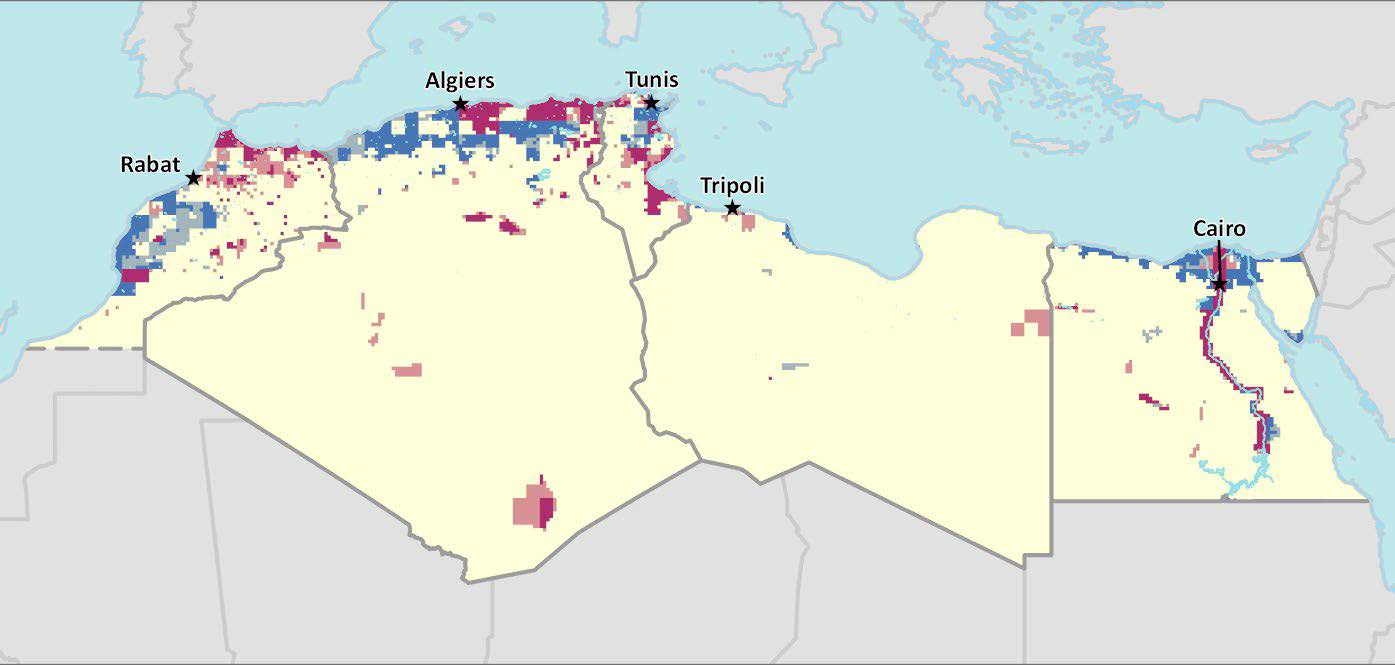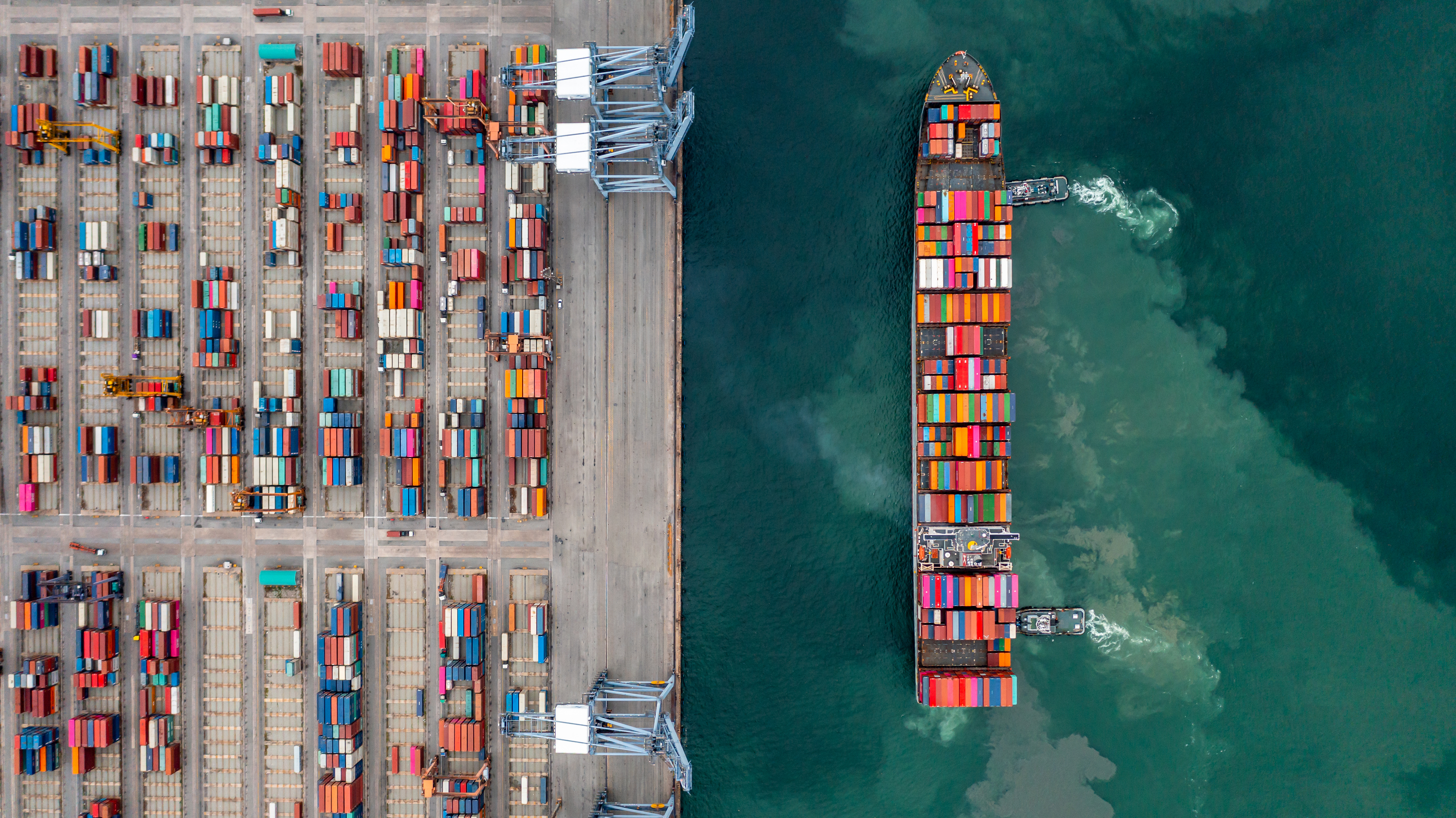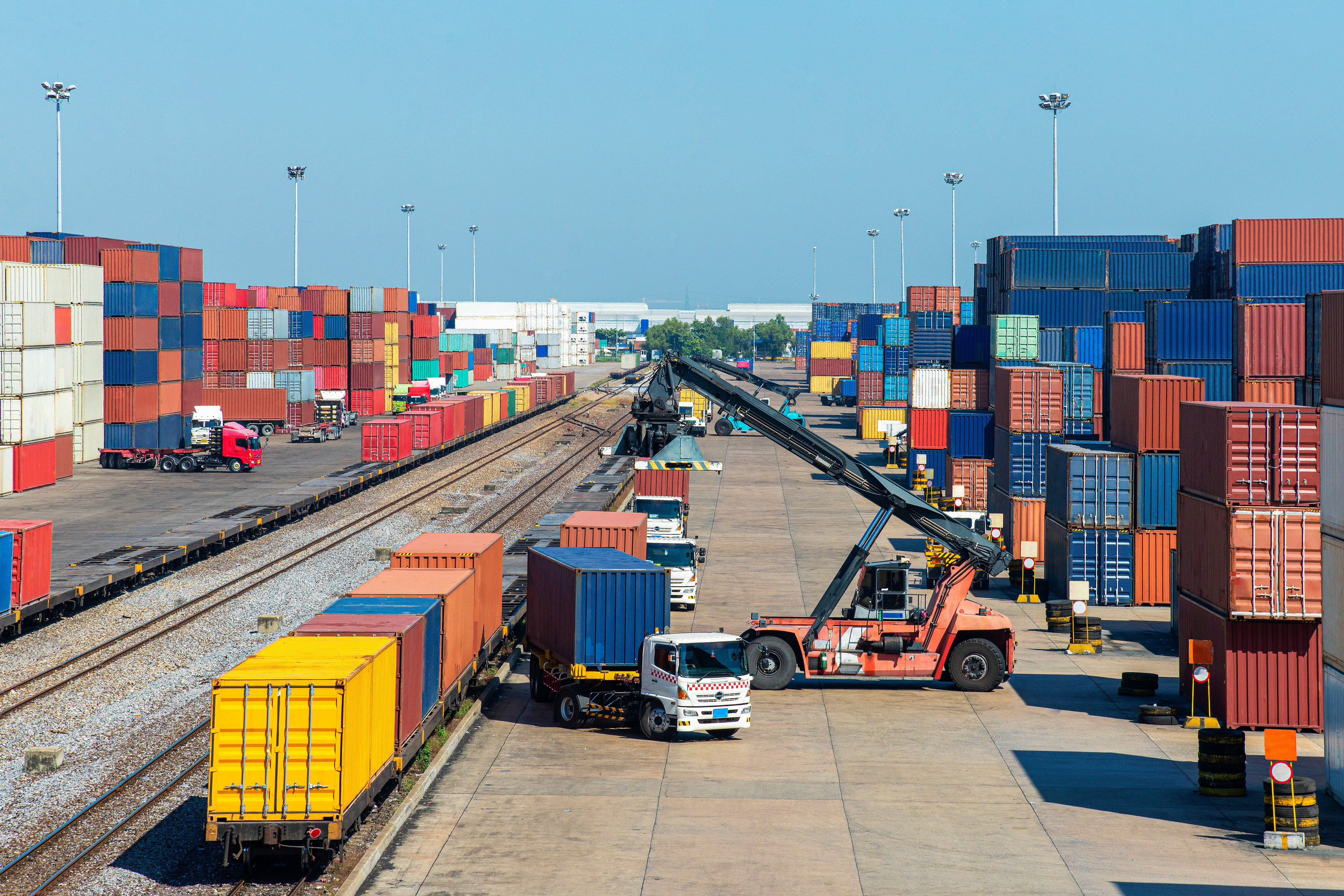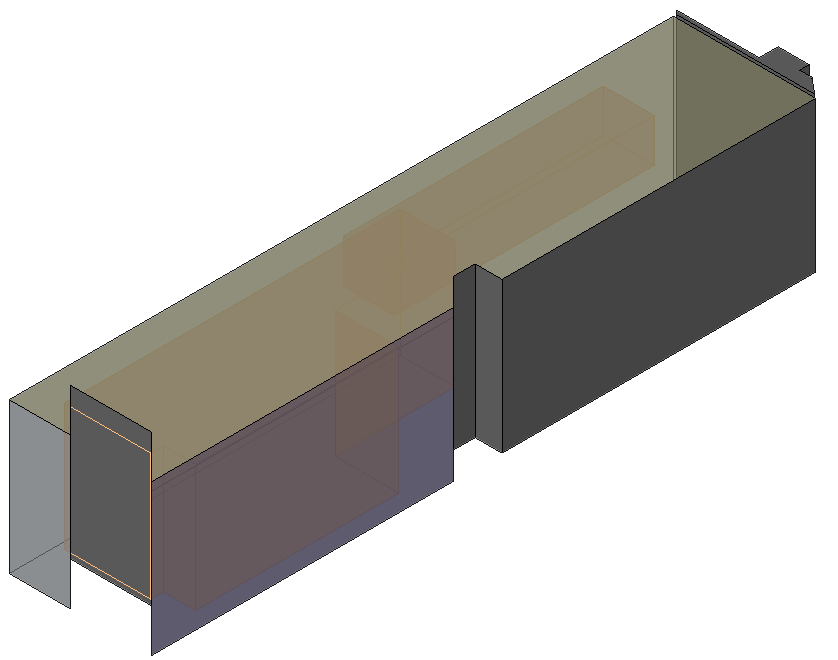CONTACTION CITY
Global Labour Trade
Environmental Migration
Global Labour Trade
Environmental Migration
Contraction City is a commentary on the future of global labor markets. With up to a third of humanity on the move due to the human climate niche and environmental degradation, we will also face a wave of climate migration that will challenge our notions of citizenship and nationhood. In this work, we ask whether we can harness global economic contraction in shipping routes to accommodate a new type of global migrant labour in habitable shipping containers on shipping lanes and shipping ports.






The Contraction City project proposes that we can use these economic contractions as an opportunity for reinvention and innovation, rather than simply lamenting their effects or trying to return to some pre-globalized era.


Source:Future of the Human Climate Niche.
The human climate niche is the set of climate conditions that are fit for human survival. Climate migration is the movement of populations due to changes in climate. The most common cause of climate migration is when humans are forced to move from their home areas due to a change in the environment that causes them to become unable to sustain themselves. Humans have always migrated when faced with such changes, but climate change has accelerated the process and created new challenges for those who migrate. The most likely places for these migrations are regions in which people can find jobs and affordable housing, but there is also an in creased risk of conflict between groups as they compete for resources.





Source: Climate change environmental degradation & migration
Source: World Bank Report, Groundswell Part 2 : Acting on Internal Climate Migration
Source: The Economist, a study finds nearly half of jobs are vulnerable to automation
Source: Geopolitical Futures, Global Migration Trends
The future is imagined where a new type of 4IR "logistic living" in the 21st century will become highly dynamic as global labour markets continue to fluctuate and climate and conflict migration increases. To address this, we need a new adaptive architecture that is humane, slim and efficient, with a focus on sustainability.



The global economy has been contracting for years, and the shipping industry has been hit especially hard. But what if we could harness this redundancy to create an affordable system for transporting people around the world?
We know that steel shipping containers are not sustainable—they're made from steel. What if we could replace these highly extractive mineral based containers with hermetically sealed Sustainable Thermoplastic Solution that are made from waste? Not only would this give us a way to address our increasing carbon footprint, but it would also provide a means of transporting goods around the world using a container system that is sustainable.
UBQ™ is a biobased thermoplastic made from 100% unsorted household waste.
UBQ™ is a biobased thermoplastic made from 100% unsorted household waste. If we used UBQ™ to make habitable shipping containers, we could create an entirely new system for transporting people around the world!
This unit system is designed to focus on dynamic energy use and be a slim and efficient product for reuse.




The front facade panel amplifies natural light into the unit, while the plug-in entrance powerpack panel can be software upgraded remotely.


The interiors are designed to sequester carbon and combine renewable timber with basic services integrated into the thermoplastic membrane.





TRANSITION DESIGN
AEDI STUDIO BERLIN, JOHANNESBURG.
AEDI STUDIO BERLIN, JOHANNESBURG.